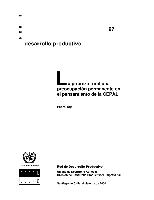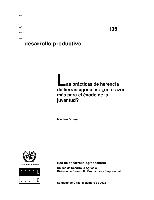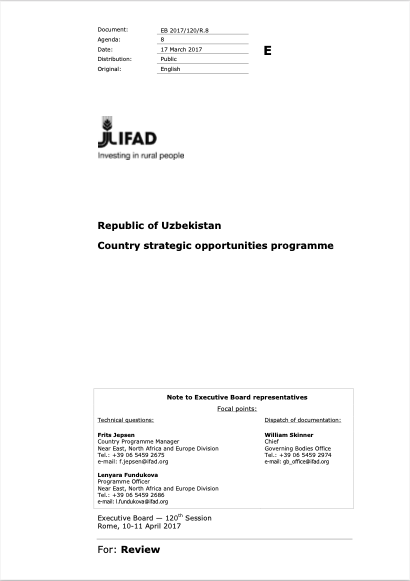The Draft National Land Policy: A Step towards Land Reforms
Through this Land Update, KLA appreciates that for the first time in the history of Kenya a comprehensive Draft National Land Policy has been formulated.We therefore urge all Kenyans and the general public to read, debate and contribute to the finalization of the National Land Policy. This is because the final National Land Policy will provide the basis for the review and harmonization of the existing laws and enacting of new ones to facilitate the achievement of the objectives set out in the overall national development policy framework, Kenya Vision 2030













